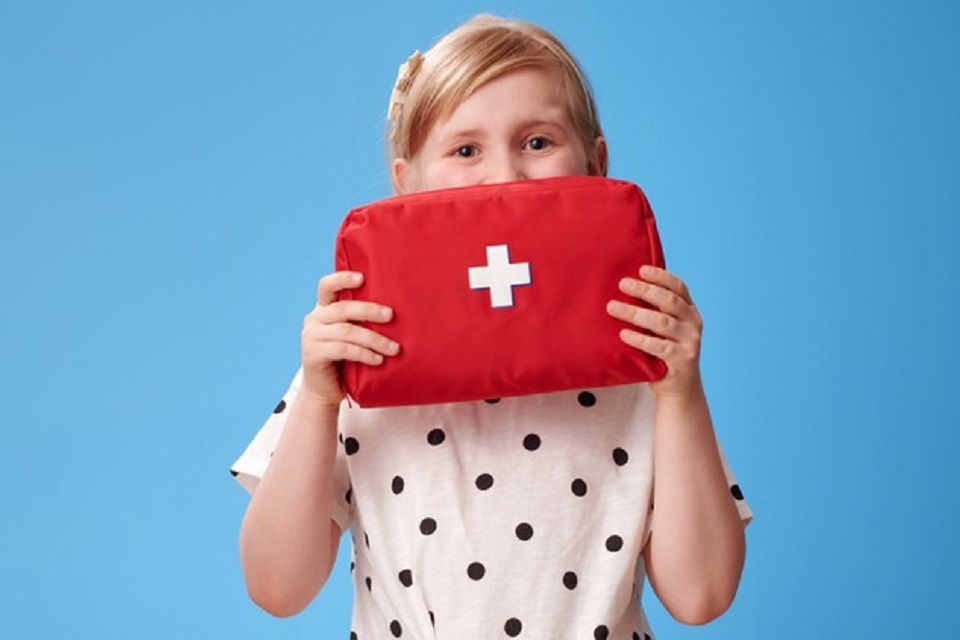As a parent or caregiver, the safety and well-being of your child are of utmost importance. Accidents and emergencies can happen anytime, and having the knowledge & skills to respond quickly and effectively can make a significant difference. Child & Baby or Pediatric First Aid courses equip parents and caregivers with the essential skills to handle emergencies and provide immediate care. This article will delve into the importance of Child & Baby First Aid courses and explain how they can help you protect your little one.
Table of Contents
Emergency Preparedness
Child & Baby First Aid courses focus on building emergency preparedness skills. Participants learn to recognise signs of distress, assess the severity of injuries or illnesses, and take appropriate actions to stabilise the situation. Being prepared can make all the difference from minor incidents to life-threatening emergencies. These courses empower parents and caregivers to stay calm, take control of the situation, and provide vital first-aid care in these critical moments.
CPR & Basic Life Support
One of the essential skills taught in Child & Baby First Aid courses is CPR and basic life support techniques. Participants learn how to perform CPR on infants and children, which can be a life-saving intervention in cardiac arrest or respiratory emergencies. Knowing how to provide effective chest compressions and rescue breaths can significantly improve the chances of survival until medical professionals arrive. These skills are taught through hands-on training and practice sessions, ensuring participants feel confident and competent in CPR when needed.
Choking & Airway Management
Choking is a common emergency among infants and young children, and knowing how to respond promptly is crucial. Child & Baby First Aid courses provide participants with the knowledge and aptitudes to effectively identify and respond to choking incidents. Participants learn techniques such as back blows and chest thrusts specific to infants and children to clear airway obstructions. Parents and caregivers can act quickly and potentially prevent life-threatening situations by understanding the correct approach to choking incidents.
Injury Prevention & Home Safety
Child & Baby First Aid courses focus on emergency response, injury prevention, and home safety. Participants learn about potential hazards in the home environment, childproofing techniques, and ways to create a safe living space for their little ones. Understanding common childhood injuries and how to prevent them can significantly reduce the risk of accidents. Parents and caregivers can create a safer environment for their children to grow and explore by implementing safety measures and adopting best practices.
Confidence & Peace Of Mind
One of the most significant benefits of Child & Baby First Aid courses is the confidence and peace of mind they provide. Knowing you have the skills to handle emergencies and provide immediate care can alleviate anxiety and fear. In stressful situations, having the knowledge and ability to take appropriate action can make parents and caregivers feel more empowered and in control. Child & Baby First Aid courses instil this confidence by equipping participants with the necessary skills and knowledge to protect their little ones.
Community Engagement & Support
Child & Baby First Aid courses also provide an opportunity for community engagement and support. Parents and caregivers connect with others in similar situations by attending these courses. They can share experiences, concerns, and valuable insights. These courses foster community and support, creating a network of individuals dedicated to ensuring their children’s safety and well-being.
Conclusion
Pediatric First Aid courses are invaluable resources for parents and caregivers. By attending these courses, you can protect your little one and have peace of mind knowing you are prepared for unexpected situations. Invest in your child’s safety and well-being by participating in Child & Baby First Aid courses—an investment that can make a lifetime difference.



